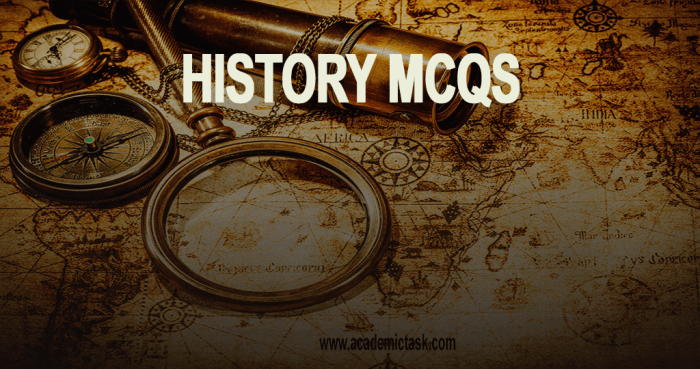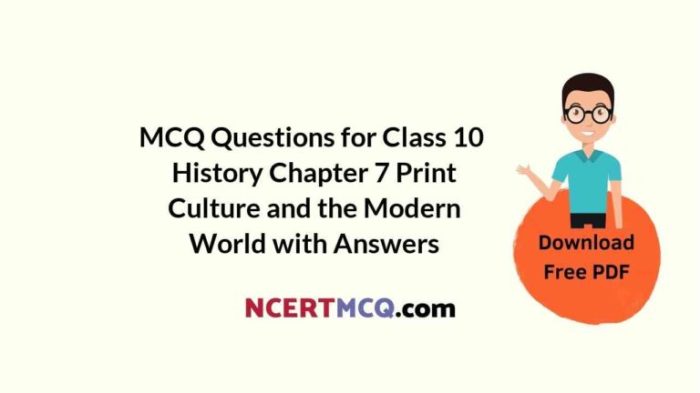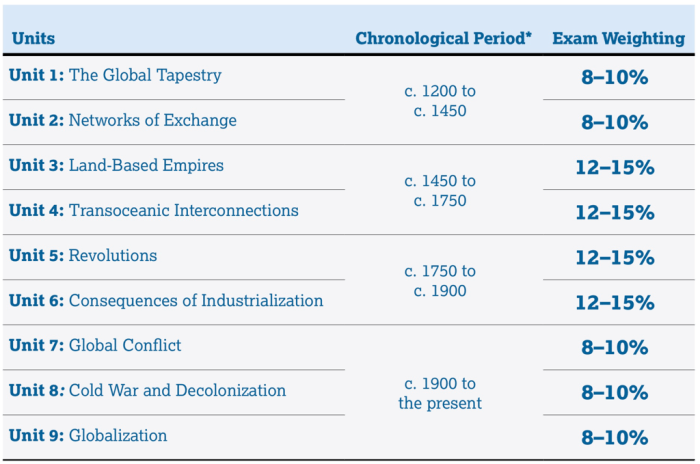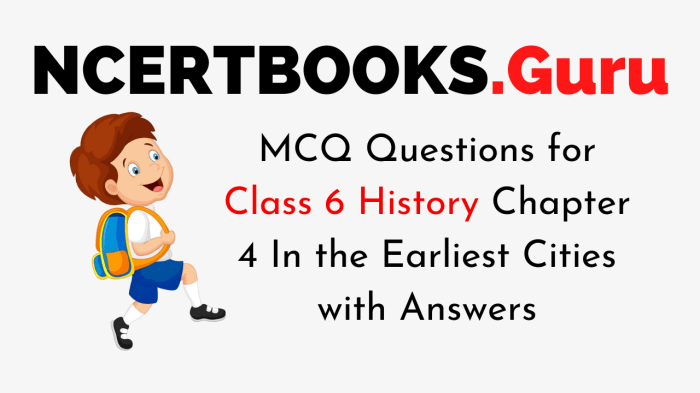Prepare to delve into Unit 6 MCQ AP World History, a captivating exploration of the world’s transformation from the 15th to the 18th centuries. This unit unveils the rise and fall of empires, the intertwining of cultures, and the profound impact of economic, social, and technological advancements.
Through engaging multiple-choice questions, we’ll traverse the Mughal Empire’s grandeur in India, unravel the Ottoman Empire’s influence in the Middle East and Europe, and examine the challenges and triumphs of the Safavid Empire in Persia.
AP World History Unit 6 Overview

Unit 6 of AP World History covers a vast expanse of time and geography, spanning from the early 18th century to the present day and encompassing regions across the globe. This unit delves into the profound transformations that shaped the world, including the rise of industrialization, the spread of imperialism, and the emergence of global interconnectedness.
Major themes explored in Unit 6 include the Industrial Revolution and its far-reaching impact on societies, economies, and the environment; the age of imperialism and its consequences for both colonizers and colonized peoples; the rise of nationalism and its role in shaping global politics; and the development of global interdependence and the challenges it presents.
The Industrial Revolution
The Industrial Revolution, which began in Great Britain in the mid-18th century, marked a pivotal turning point in human history. This period witnessed the widespread adoption of new technologies, such as the steam engine and the cotton gin, which transformed production processes and led to a surge in economic growth.
The Industrial Revolution had profound social and environmental consequences, including the rise of urbanization, the growth of a working class, and the increased exploitation of natural resources.
Imperialism and Colonialism
The 19th century saw the rise of European imperialism, as nations such as Britain, France, and Germany sought to expand their empires and control vast territories around the world. Imperialism had a profound impact on both colonizers and colonized peoples, leading to the spread of European culture and technology, the exploitation of resources, and the suppression of local cultures and traditions.
Nationalism and Global Politics
The rise of nationalism, a sense of belonging to a particular nation or ethnic group, played a significant role in shaping global politics in the 19th and 20th centuries. Nationalism inspired movements for independence and self-determination, leading to the breakup of empires and the creation of new nation-states.
However, nationalism also had its dark side, as it could be used to justify aggression and discrimination.
Global Interdependence and Challenges
The 20th century witnessed a growing interdependence among nations, as advances in transportation and communication technology made it easier for people and ideas to travel across borders. This interconnectedness brought about both opportunities and challenges, including the spread of global trade and the emergence of international organizations, as well as the potential for global conflict and the need to address global issues such as climate change.
Key Civilizations and Empires

The 16th and 17th centuries witnessed the rise and fall of several significant empires in Asia and the Middle East. These empires, including the Mughal Empire in India, the Ottoman Empire spanning across the Middle East and Europe, and the Safavid Empire in Persia, played crucial roles in shaping the political, cultural, and economic landscapes of their respective regions.
The Mughal Empire in India
The Mughal Empire, established by Babur in 1526, emerged as a dominant force in the Indian subcontinent. The empire reached its zenith under Akbar, who implemented a tolerant and efficient administration. The Mughals were renowned for their architectural achievements, including the construction of iconic structures like the Taj Mahal.
However, the empire declined after the death of Aurangzeb in 1707 due to internal conflicts and external pressures.
The Ottoman Empire
The Ottoman Empire, founded by Osman I in the 13th century, expanded rapidly to become a formidable power in the Middle East and Europe. The empire controlled vast territories, including present-day Turkey, the Balkans, and parts of North Africa. The Ottomans were known for their military prowess and their contributions to Islamic art and architecture.
However, the empire faced challenges in the 19th century due to internal instability and external pressures, leading to its eventual decline.
The Safavid Empire in Persia
The Safavid Empire, established by Shah Ismail I in 1501, played a significant role in the history of Persia. The empire promoted Shi’a Islam as the official religion and experienced a period of cultural and economic prosperity. The Safavids were also known for their military achievements and their patronage of the arts.
However, the empire faced challenges in the 18th century due to internal conflicts and external threats, resulting in its eventual decline.
Economic and Social Changes

The period from 1450 to 1750 witnessed profound economic and social transformations on a global scale. The development of global trade networks, the Columbian Exchange, and technological innovations reshaped societies and economies, leaving a lasting impact on the world.
Development of Global Trade Networks
The establishment of global trade networks, facilitated by European exploration and maritime technology, connected different parts of the world. This led to an exchange of goods, ideas, and technologies, transforming economies and societies.
- Increased Specialization:Trade networks allowed regions to specialize in producing goods and services that they had a comparative advantage in, leading to increased efficiency and productivity.
- Growth of Commercial Centers:Ports and cities along trade routes grew into thriving commercial hubs, attracting merchants, artisans, and investors.
- Cultural Exchange:Trade networks facilitated the spread of cultural ideas, art, and knowledge, leading to a cross-fertilization of cultures.
Columbian Exchange
The Columbian Exchange, named after Christopher Columbus, refers to the transfer of plants, animals, and diseases between the Americas, Europe, and Africa after European colonization. This exchange had profound social and economic consequences:
- Introduction of New Crops:European colonizers introduced crops like maize, potatoes, and tomatoes to the Old World, which became dietary staples in many regions.
- Population Growth:The introduction of new crops led to population growth in Europe and Asia, as they provided more food sources.
- Spread of Diseases:The exchange also brought diseases like smallpox and measles to the Americas, which devastated indigenous populations.
Role of Technology and Innovation
Technological advancements and innovations played a crucial role in shaping the global economy during this period:
- Improved Shipbuilding:Advances in shipbuilding technology, such as the development of the caravel, allowed for longer and more efficient sea voyages.
- New Navigation Techniques:The development of navigational instruments like the compass and astrolabe made it possible for sailors to navigate more accurately.
- Printing Press:The invention of the printing press by Johannes Gutenberg facilitated the spread of knowledge and ideas, leading to increased literacy and intellectual exchange.
Cultural Interactions and Exchanges: Unit 6 Mcq Ap World History

Throughout history, civilizations have interacted and exchanged ideas, beliefs, and practices, leading to a rich tapestry of cultural diversity. This unit explores the significant cultural interactions and exchanges that have shaped world history.
Spread of Islam and Its Impact
The spread of Islam during the 7th and 8th centuries had a profound impact on various cultures. As the religion expanded across vast territories, it brought new ideas and practices, such as monotheism, the Arabic language, and Islamic law. This led to the establishment of new cultural centers, such as Baghdad and Cordoba, which became hubs of intellectual and artistic activity.
Cultural Exchanges between Europe and Asia, Unit 6 mcq ap world history
The Renaissance and Reformation periods witnessed significant cultural exchanges between Europe and Asia. European explorers and merchants traveled to Asia, bringing back new knowledge, technologies, and artistic influences. These exchanges led to the rise of new artistic styles, scientific discoveries, and intellectual advancements in both regions.
Role of Art, Literature, and Music
Art, literature, and music have played crucial roles in fostering cultural understanding. They provide avenues for people from different cultures to share their perspectives, values, and emotions. Masterpieces such as the Taj Mahal, the works of William Shakespeare, and the music of Mozart have transcended cultural boundaries, connecting people across time and space.
Political and Military Developments

The early modern period witnessed significant political and military transformations that reshaped the geopolitical landscape of Europe. One of the most pivotal events was the Thirty Years’ War, which had profound consequences for the continent.
Thirty Years’ War
- Causes:Religious tensions between Protestants and Catholics, territorial disputes among European powers, and the ambitions of the Habsburg dynasty
- Consequences:Devastating loss of life, destruction of infrastructure, political fragmentation of Germany, and the rise of nation-states.
Another key development was the decline of feudalism and the rise of nation-states. As monarchs consolidated their power, they gradually weakened the feudal system and centralized authority. This led to the emergence of strong, unified states with standing armies and bureaucracies.
Revising for Unit 6 MCQ AP World History can be challenging, especially when there are distractions like “felipe es antipático y feo” articles floating around. However, staying focused and dedicating time to reviewing the material is crucial for success in the exam.
Rise of Nation-States and Decline of Feudalism
- Rise of Nation-States:Increased royal power, centralized administration, standing armies, and the development of national identities
- Decline of Feudalism:Weakening of feudal lords, the growth of towns and trade, and the rise of centralized monarchies
Finally, the introduction of gunpowder and firearms revolutionized warfare and had a profound impact on society. Gunpowder weapons made armies more powerful and destructive, leading to new strategies and tactics.
Impact of Gunpowder and Firearms on Warfare and Society
- Military Impact:Increased firepower, siege warfare, and the decline of heavy cavalry
- Social Impact:The rise of professional armies, the development of military academies, and the growth of the arms industry
Environmental and Demographic Changes

Environmental and demographic changes were significant factors in shaping human history during this period. The Little Ice Age, a period of cooling that lasted from the 14th to the 19th centuries, had a profound impact on societies around the world.
Disease also played a major role in shaping populations and societies, as epidemics such as the Black Death ravaged Europe and Asia. Finally, climate change has been a constant factor in human history, and its effects have been felt in every corner of the globe.
The Little Ice Age
The Little Ice Age was a period of cooling that lasted from the 14th to the 19th centuries. The causes of the Little Ice Age are not fully understood, but it is thought to have been caused by a combination of factors, including changes in the Earth’s orbit, volcanic eruptions, and changes in solar activity.
The effects of the Little Ice Age were widespread. In Europe, the cooling led to crop failures, famines, and population decline. In China, the Little Ice Age led to the collapse of the Ming Dynasty. In the Americas, the Little Ice Age led to the decline of the Mayan and Aztec civilizations.
Disease
Disease was a major factor in shaping populations and societies during this period. The Black Death, a bubonic plague that originated in Central Asia, killed an estimated 30-60% of the population of Europe in the 14th century. The Black Death also had a devastating impact on Asia, where it killed an estimated 10-30% of the population.
Other diseases, such as smallpox, measles, and influenza, also had a major impact on populations around the world.
Climate Change
Climate change has been a constant factor in human history. The Earth’s climate has been changing for billions of years, and it is likely to continue to change in the future. Climate change can have a profound impact on human societies.
For example, changes in temperature and precipitation can lead to changes in agricultural productivity, which can in turn lead to famine and social unrest. Climate change can also lead to sea level rise, which can displace populations and damage infrastructure.
Commonly Asked Questions
What is the time period covered in Unit 6 MCQ AP World History?
The unit spans the period from the 15th to the 18th centuries.
Which empires are discussed in the unit?
The unit focuses on the Mughal Empire, the Ottoman Empire, and the Safavid Empire.
What are the key themes explored in the unit?
The unit explores themes such as global trade, cultural interactions, political developments, and environmental changes.